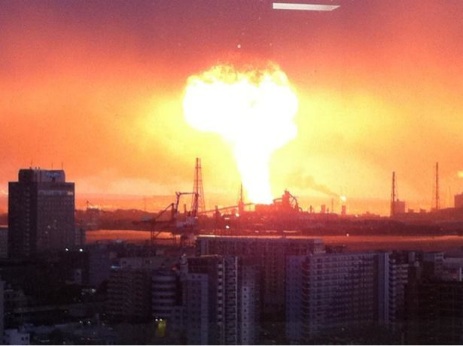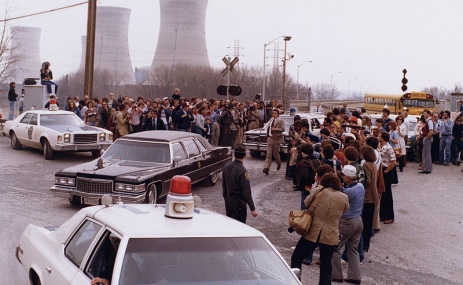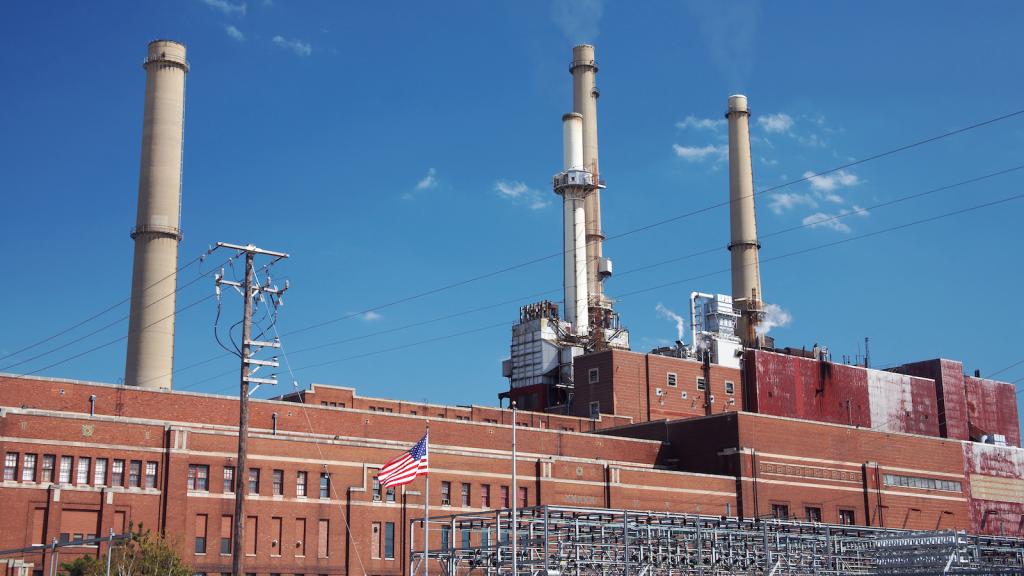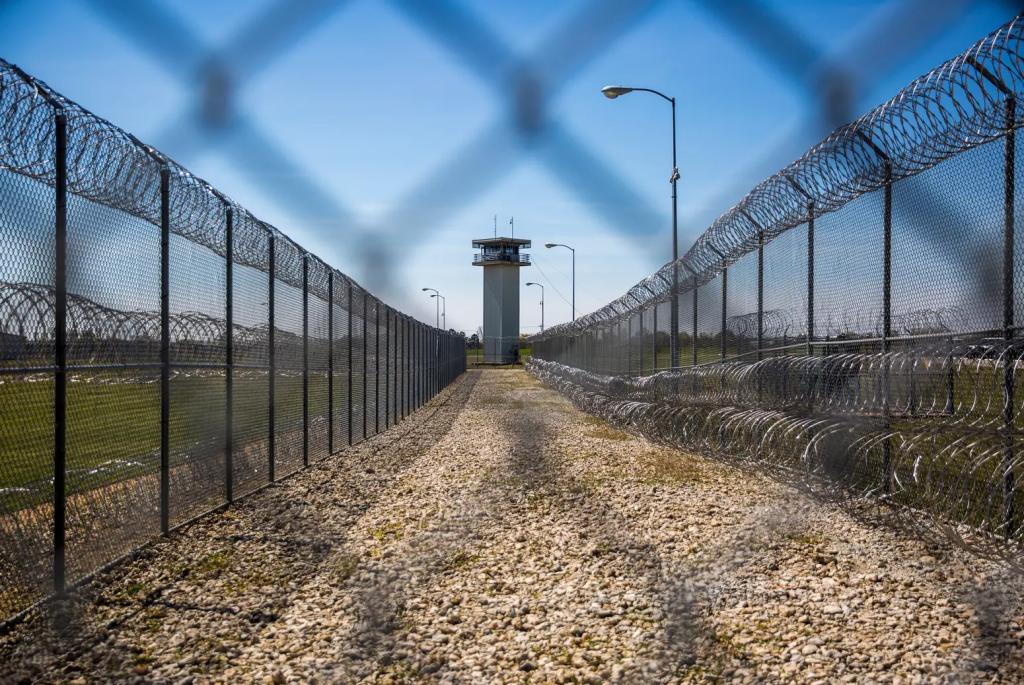 President Carter leaving 3 Mile Island.Photo: The National ArchivesJapan has declared a state of emergency at the Fukushima nuclear reactor — but thanks to good engineering, there’s been no radiation leak and there’s no risk of one. With more than 50 nuclear plants in the earthquake-vulnerable country, things would have been way worse without earthquake precautions in place. Does U.S. infrastructure have that kind of protection?
President Carter leaving 3 Mile Island.Photo: The National ArchivesJapan has declared a state of emergency at the Fukushima nuclear reactor — but thanks to good engineering, there’s been no radiation leak and there’s no risk of one. With more than 50 nuclear plants in the earthquake-vulnerable country, things would have been way worse without earthquake precautions in place. Does U.S. infrastructure have that kind of protection?
Chief Cabinet Secretary Yukio Edano, the top government spokesman, said the nuclear power plant developed a mechanical failure in the system needed to cool the reactor after it was shut down. He said the measure was a precaution as there was was no radiation leak and the facility was not in immediate danger.
As soon as the quake hit, plants close to the site started shutting down. That’s because Japan’s infrastructure is built with disaster in mind, says the BBC:
Sensitive buildings like nuclear power plants will be sited as far away from the coast as is possible and designed to shut down into “safe mode” as soon as an earthquake is detected.
If climate change leads to more and worse earthquakes, tsunamis, and floods, the U.S. is going to have to step up its game or die trying:
Had any other populous country suffered the 8.9 magnitude earthquake that shook Japan on Friday, tens of thousands of people might already be counted among the dead. So far, Japan’s death toll is in the hundreds, although it is certain to rise somewhat.
We don’t have any operating nuclear plants in Hawaii or the Pacific Northwest, two of the U.S. locations this tsunami might affect. But we’ve got one in California that is damn near the water (and not far from the San Andreas Fault) — not to mention about a jillion on the East Coast. People can be evacuated, given enough warning (though we’ve sure seen that fail in the past), but power plants, oil refineries, and other, less-dangerous giant pieces of infrastructure can’t be moved at a moment’s notice.
Japan’s relatively smooth nuclear shutdown, and the lives saved by its earthquake-proofed engineering and other preparations, should be a reminder that when this happens to us, it’s going to be even less pretty. Maybe it’s time to start building as though we live on an increasingly disaster-prone planet — because we do.
Update, 2:06 EST: The BBC reports worsening conditions at the Fukushima plant.
1841: The situation at the nuclear reactor at Fukushima seems to be worsening. Japanese authorities are now to release radioactive vapour to ease pressure, AP news agency reports. Engineers are trying to fix the cooling system to the main reactor, damaged in the quake.
1851: More on the troubled nuclear plant: Japan’s trade minister, Banri Kaieda, says authorities are nearing a decision to release radioactive steam from the Fukushima nuclear reactor in a bid to ease a build-up of pressure, AFP reports. Thousands of local residents have been evacuated.
The United States is providing coolant to help ease Fukushima’s overheating problems. Tokyo Electric Power says that there still hasn’t been any exposure of nuclear material.
Update, 5:08 EST: The Guardian is reporting more worrying news from Fukushima.
9.20pm GMT: More unsettling news from the Fukushima No 1 nuclear power reactor in Onahama: the plant’s operator Tepco says that radioactive substances “could have already been released” from the damaged reactor, while Japan’s prime minister Naoto Kan is saying that residents within 10km of the plant must leave the area.
Kan was set to visit the plant this morning.
Previously, the area of three kilometres around the reactor had been evacuated, while those within 10km were told to stay indoors.
Radiation has been more than eight times the normal level according to a monitoring post near the main entrance to the plant, the Japanese industry ministry’s nuclear and industrial safety agency said.
9.43pm GMT: The level of radiation in the control room of the No 1 reactor of the damaged Fukushima Daiichi nuclear plant is “1,000 times higher than normal,” according to Japan‘s nuclear and industrial safety agency, visiting the site.
According to the Kyodo news agency: “The discovery suggests radioactive steam could spread around the facility operated by Tokyo Electric Power Co.”
Related:
- Today’s tsunami: This is what climate change looks like
- Guess what else the GOP wants to cut? Tsunami monitoring!



